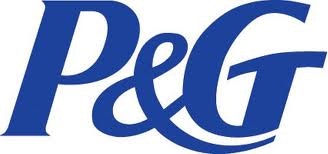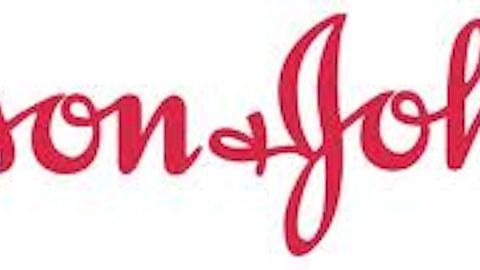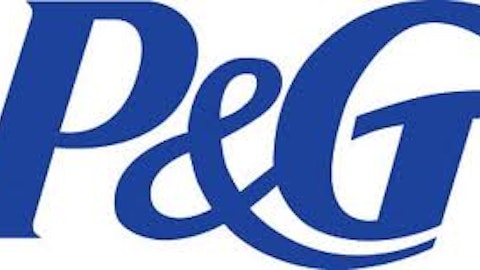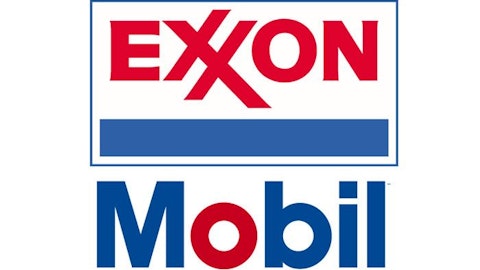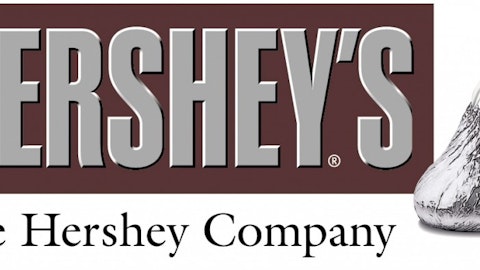Well it seems that my Magic Crystal Ball is still at the shop so I will have to look at some simple data numbers. No matter, it’s an enjoyable process that allows a quick view of a company to see if we want to further peruse its analysis. An investor should have multiple phases of analysis in place to help weed through undesirable investments.
Let’s look at three household goods companies, The Procter & Gamble Company (NYSE:PG), Colgate-Palmolive Company (NYSE:CL) and Unilever N.V. (ADR) (NYSE:UN). I find that Benjamin Graham’s Rules for the common stock component, found in the 5th chapter of “The Intelligent Investor” is a quick way to look at stocks. Mr. Graham has set up four rules for the defensive investor to help in picking a common stock.
1). There should be adequate though not excessive diversification. This might mean a minimum of ten different issues and a maximum of about thirty.
2). Each company selected should be large, prominent, and conservatively financed. Indefinite as these adjectives must be, their general sense is clear. Observations on this point are added at the end of the chapter. (Twice as many assets as liabilities)
3). Each company should have a long record of continuous dividend payments. To be specific on this point we would suggest the requirement of continuous dividend payments beginning at least in 1950. (From 1973, suggesting at least 20 years of dividends)
4). The investor should impose some limit on the price he will pay for an issue in relation to its average earnings over, say, the past seven years. We suggest that this limit be set at 25 times such average earnings, and not more than 20 times those of the last twelve-month period.
Let’s look at all three companies and see if we can come to some conclusions on these companies. We already know that all three operate within the Consumer Staples sector.
| Description | Metric | PG | CL | UN |
|---|---|---|---|---|
| Conservatively Financed, Twice as many Assets than Liabilities | > 200% | 139.131 B in assets, 71.863 B in liabilities = 194% | 13.553 B in assets, 11.761 B in liabilities = 115% | 32.276 B in assets, 22.510 B in liabilities = 143% |
| At least twenty years of Dividends | > 20 years | 122 years | 118 years | 76 years |
| Price currently less than 20 times ttm earnings | < P/E 20 | 17.66 | 25.1 | 21.02 |
| Price currently less than 25 times the 7 year average of earnings | < P/E 25 | Average EPS $3.22, P/E of 25 is $80.50 | Average EPS $2.01, P/E of 25 is $50.25 | Average EPS $1.81, P/E of 25 is $45.25 |
Comparing these three companies using Graham’s conservative criteria allows us to compare some basic data. Graham’s rules are a great place to start when looking at companies. You can compare multiple companies with simple baseline calculations and decide were you want to go from there. Every investor is of course encouraged to develop their own criteria for picking stocks. In the mean time sing Grahams criteria we can draw some conclusions from this in a simple manner.
The Procter & Gamble Company (NYSE:PG) is the most conservatively financed, of the three companies, this is followed by Unilever N.V. (ADR) (NYSE:UN) then Colgate-Palmolive Company (NYSE:CL). All three companies have paid investors dividends for many, many years. Due to the long history of dividends from each of these companies, we can reasonably expect the dividends to continue. Based on the past year P/E, The Procter & Gamble Company (NYSE:PG) is valued the best, followed by Unilever N.V. (ADR) (NYSE:UN) and Colgate-Palmolive Company (NYSE:CL) is last. Based on earnings for the past 7 years The Procter & Gamble Company (NYSE:PG) is undervalued with a current price of $77.40, Colgate-Palmolive Company (NYSE:CL) is overvalued with a current price of $58.67 and Unilever N.V. (ADR) (NYSE:UN) is undervalued with a current price of $40.96.
